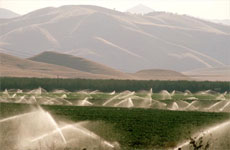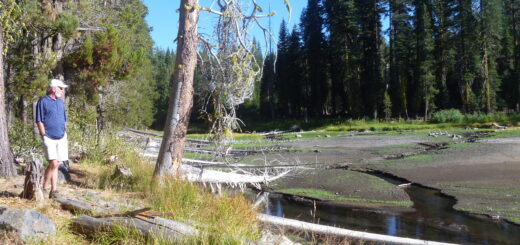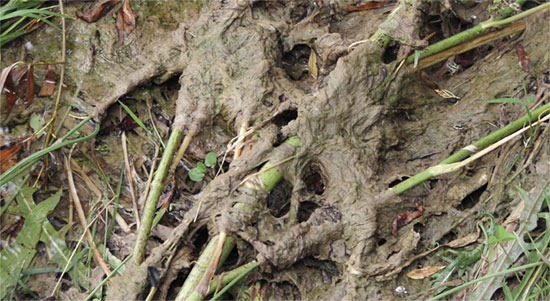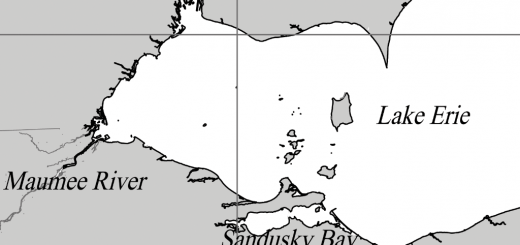EPA issues numeric nutrient water quality standards for Florida
0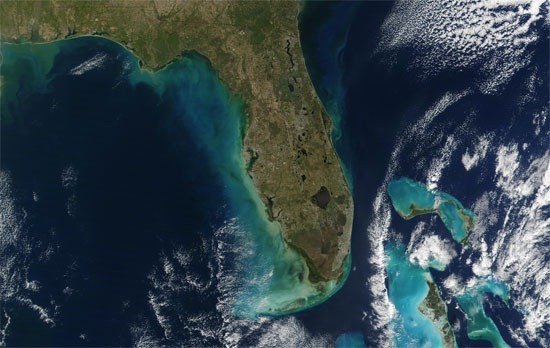
After months of contention with Florida political and business leaders, the Environmental Protection agency has issued its final numeric nutrient water quality standards for lakes, rivers, and streams in the state.
It’s the first time the EPA has set numeric standards for a state, but because of the pushback from Florida officials, the agency extended the effective date of the final rule from 60 days to 15 months to allow stakeholders to review them and develop strategies for implementation.
The new standards come after the Florida Wildlife Federation, Sierra Club, Conservancy of Southwest Florida, Environmental Confederation of Southwest Florida, and St. Johns Riverkeeper sued the EPA in 2008 for its neglect to enforce Clean Water Act standards. The parties reached a settlement, called a consent decree, in 2009, which required the creation of the numeric limits.
Nutrient loading from phosphorus and nitrogen has been linked to algal blooms in the state’s waterways, notably blue-green algae, which produce toxins harmful to humans and animals and are known to cause fish kills.
“Sewage, manure, and fertilizer are killing the St. Johns River,” said Neil Armingeon, a St. Johns riverkeeper. “We believe that these numeric standards are the beginning of the saving of the St. Johns River.”
Many newly-elected state officials, however, have alleged that the new standards will be costly, ineffective, and are too far reaching for a federal agency.
“While we appreciate the delay, Florida will continue to fight these heavy-handed Washington, D.C. measures,” said incoming Senate President Mike Haridopolos. “Clearly the Florida-only water standards will cost Floridians jobs, and I will do everything I can to not just delay this unneeded federal intervention but permanently stop them from taking effect.”
Many officials signed a letter to EPA Administrator Lisa Jackson voicing their concerns that the standards could damage the state’s economy, and they estimated the implementation could cost more than $20 billion.
Gwen Fleming, regional EPA administrator, said that those estimates assume all wastewater facilities would have to install expensive reverse osmosis systems.
“That’s simply not the case,” he said. “Prior to now, the only thing that has been out there is a lot of speculation and guesswork.”
The EPA estimates the regulation’s cost to the state will fall between $135 and $206 million.
The agency points to the amount of water quality degradation in the state that’s directly related to nutrient loading. Based Florida’s 2010 Integrated Water Quality Assessment, approximately 1,918 miles of rivers and streams, 378,435 acres of lakes, and 569 square miles of estuaries are known to be impaired from nutrients.
Do you think the new numeric standards are appropriate? Share your thoughts in the comments below.
New EPA Water Nutrient Requirements Draw Ire of Business, State Leaders [Sunshine State News] EPA Finalizes Common Sense Standards to Protect Florida Waters Action to reduce nutrient pollution in lakes and flowing waters, provides strong environmental protection and significant flexibility for Florida’s communities and businesses [U.S. Environmental Protection Agency] EPA issues first-ever numeric nutrient water quality criteria and standards for Florida lakes and rivers [Alston & Bird LLP] Florida officials react to finalization of water quality rules [The Florida Independent]
Image Credit: http://visibleearth.nasa.gov/view_rec.php?id=2491




